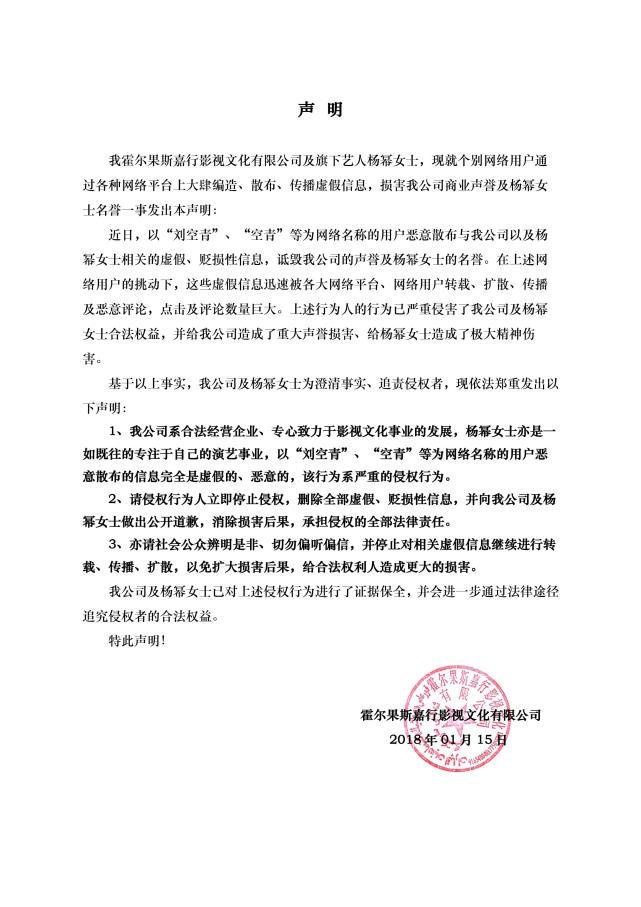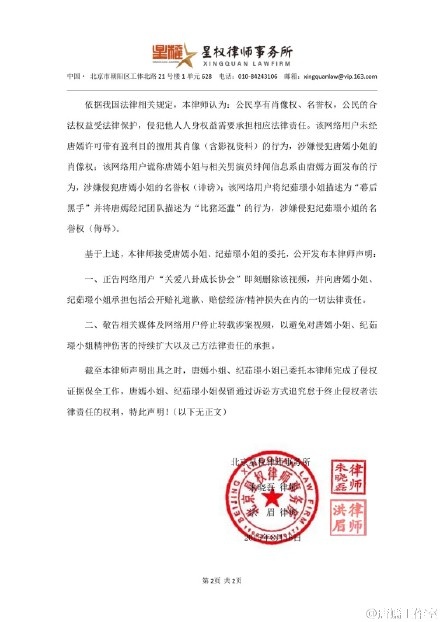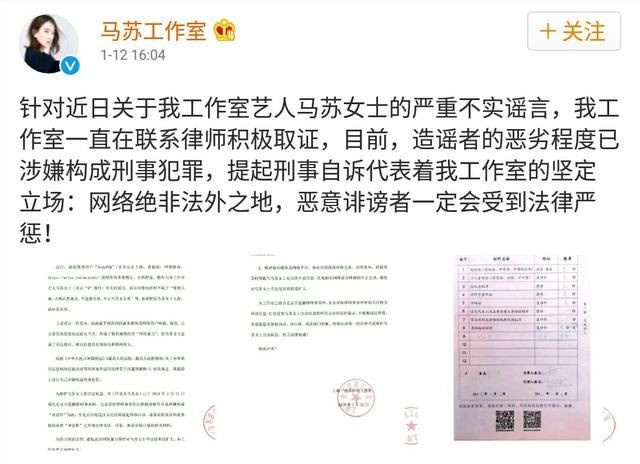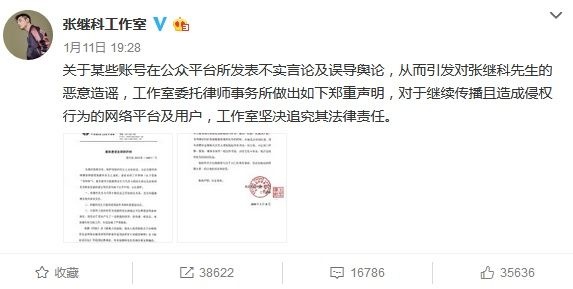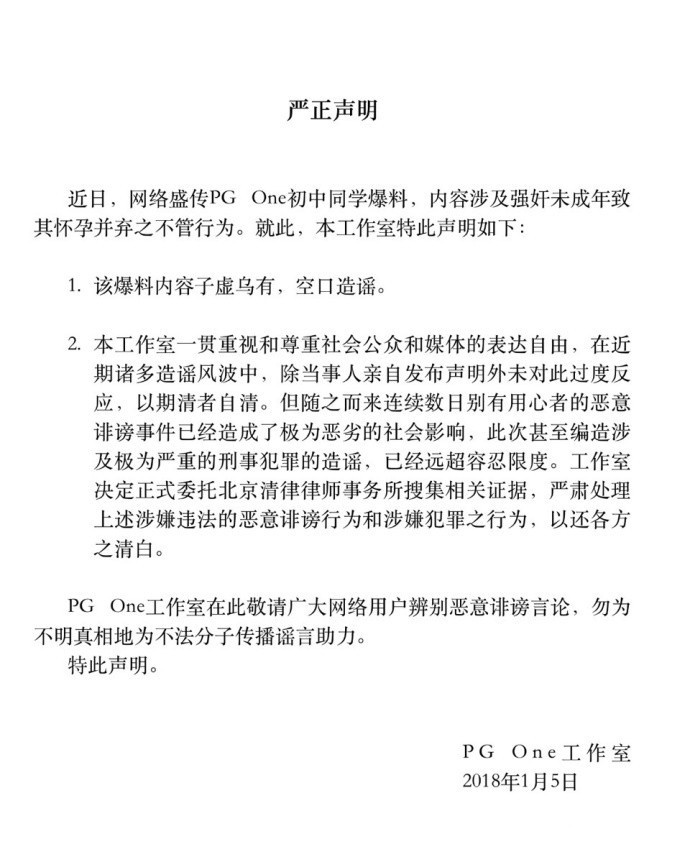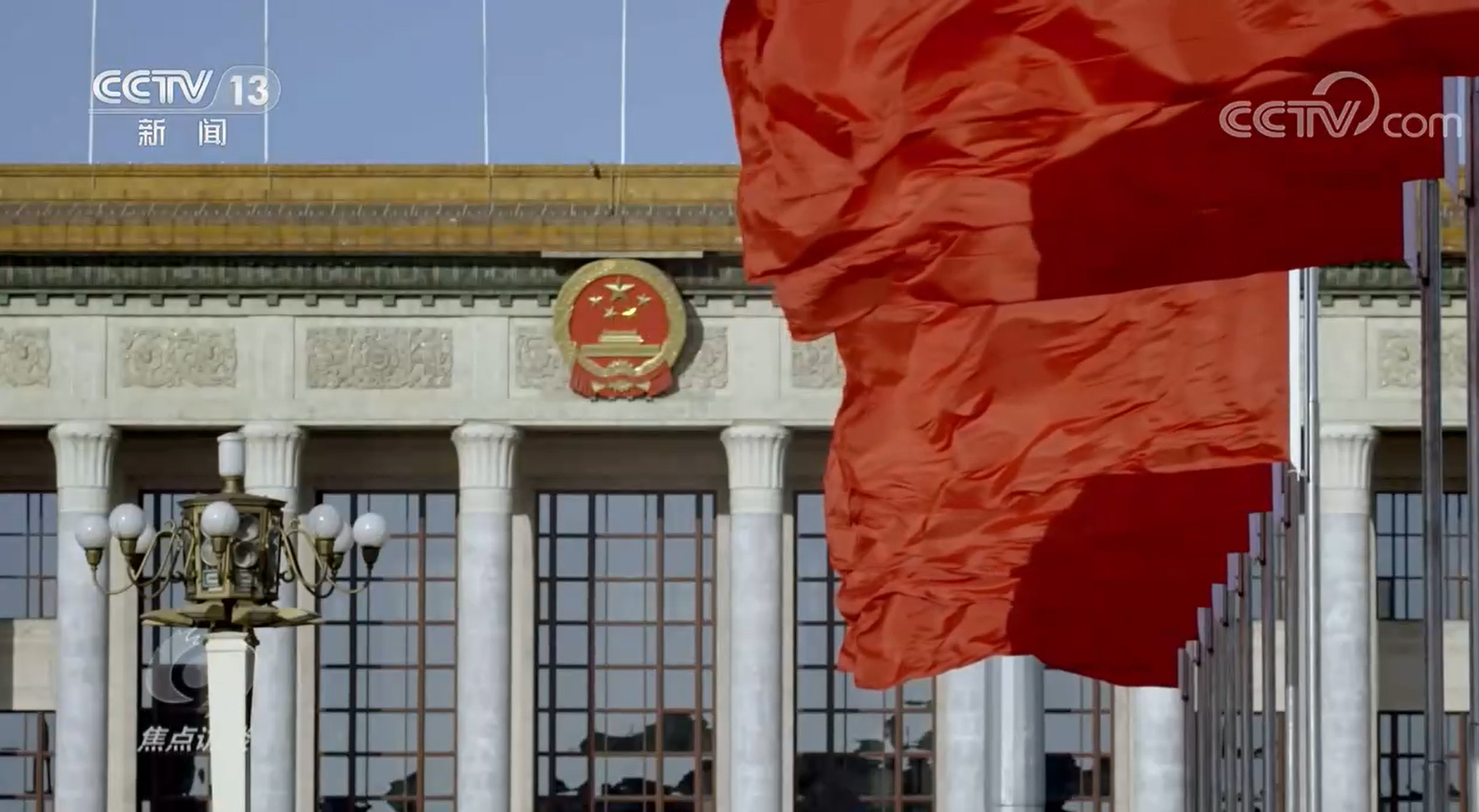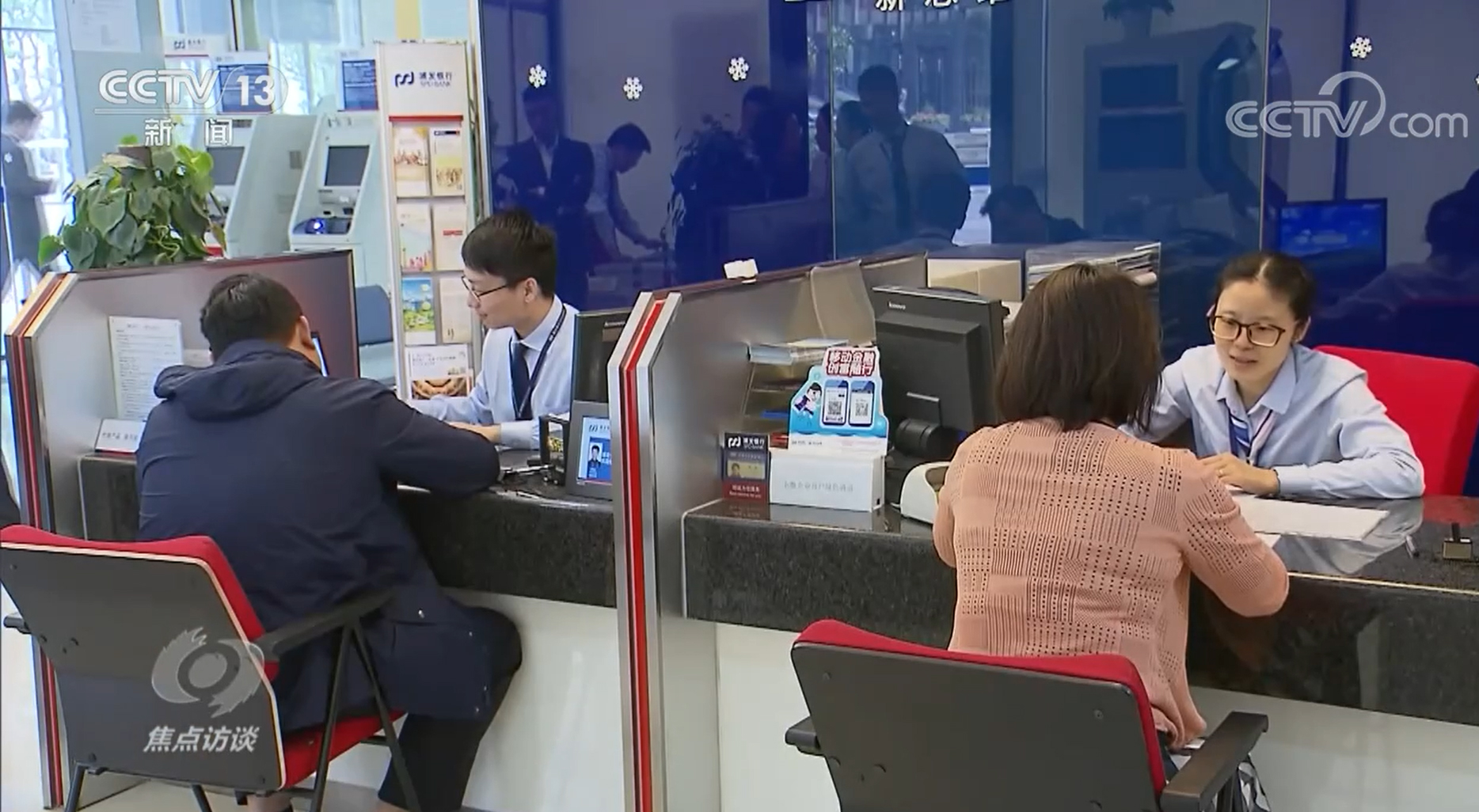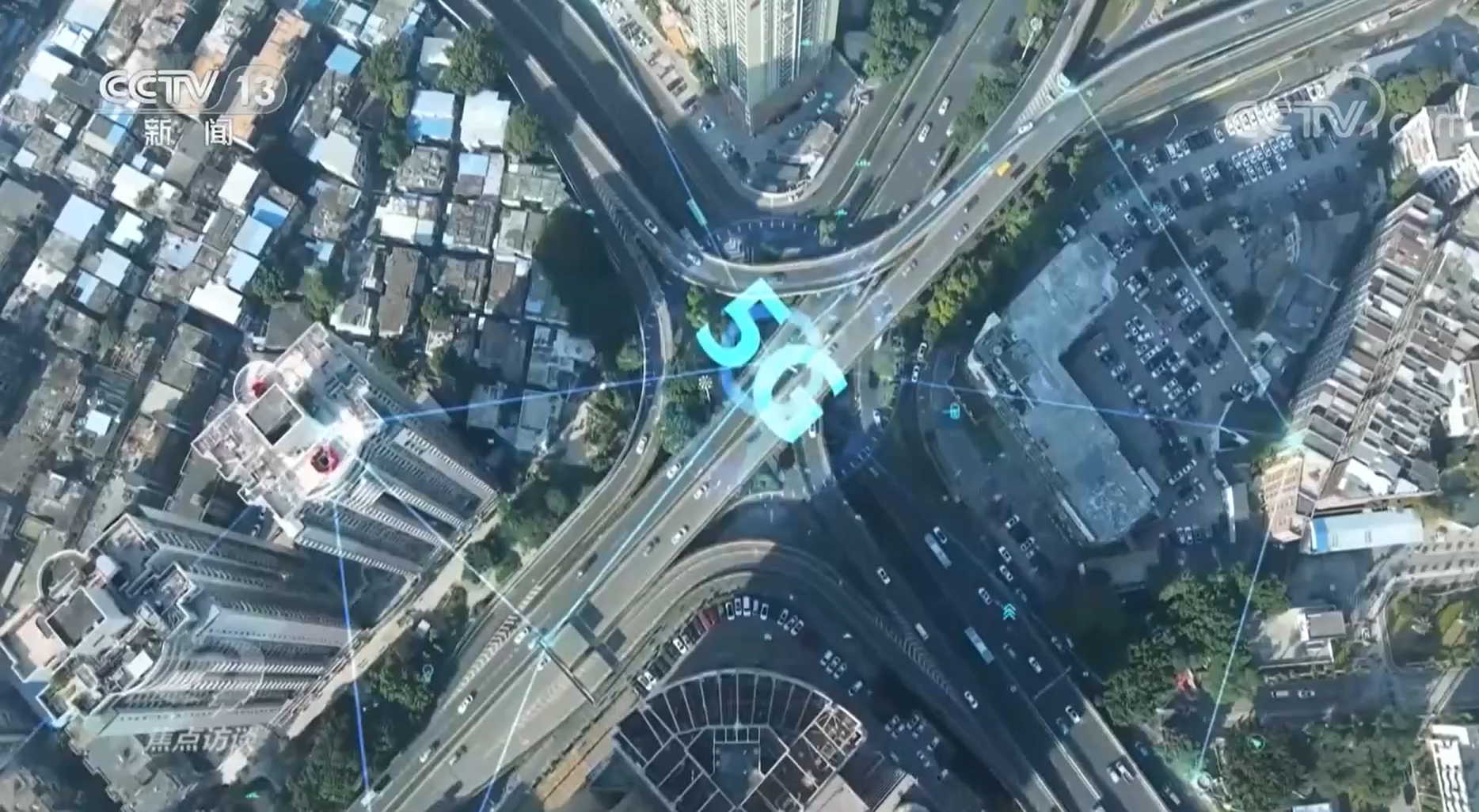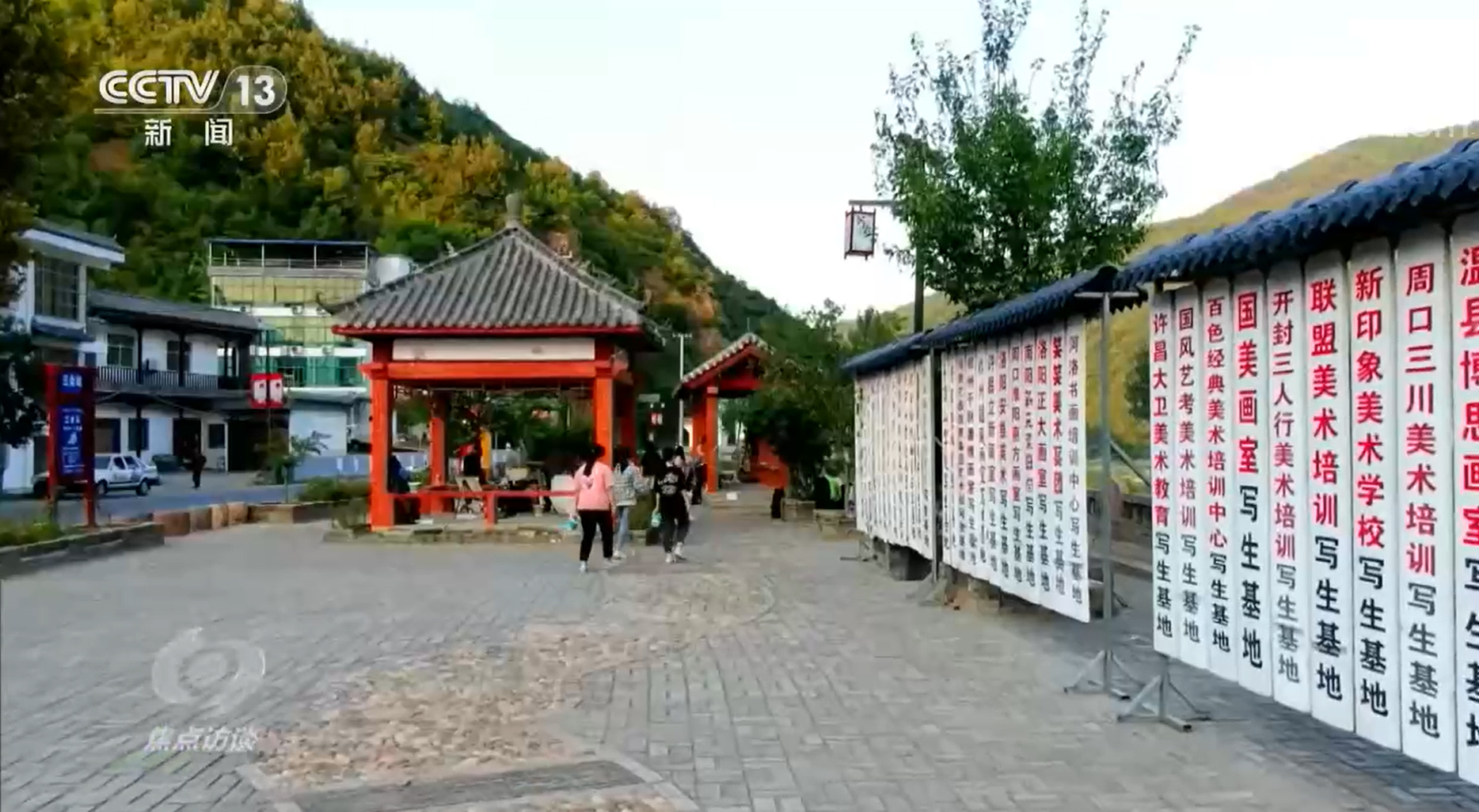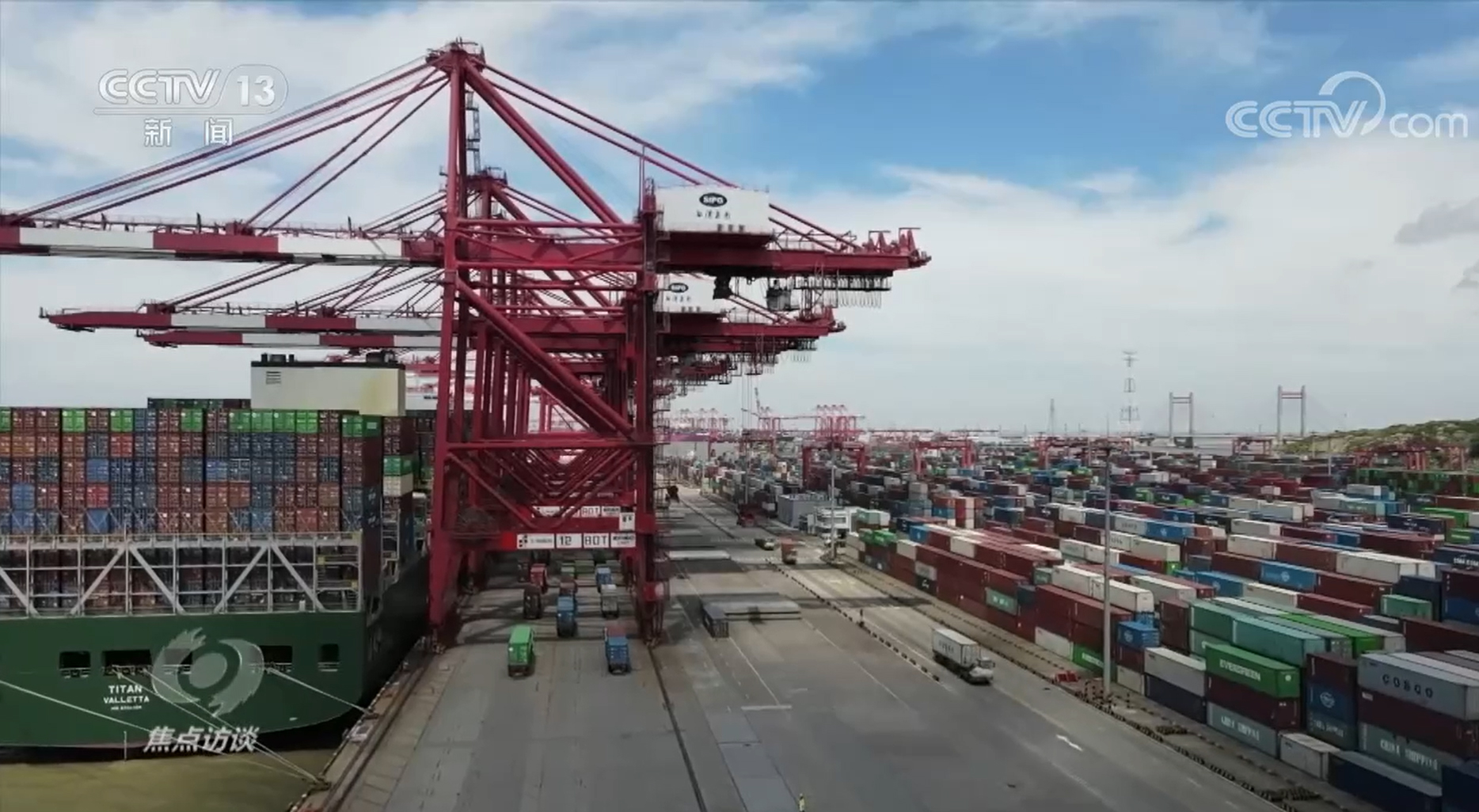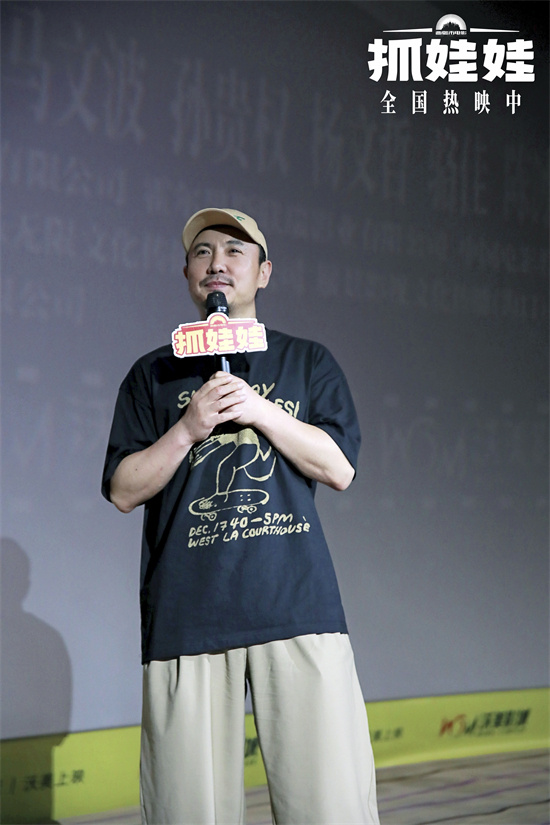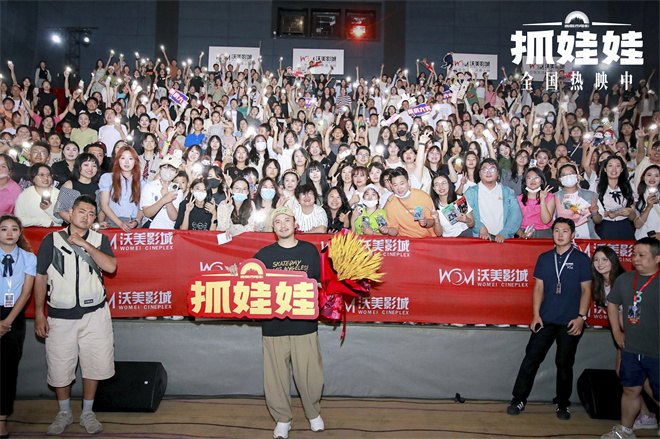The new generation Buick LaCrosse is listed at a price of 179,900-239,900 yuan.
On May 15th, SAIC-GM Buick brand announced that a new generation of Buick LaCrosse was officially launched, and four models were launched, namely, the 25T crossover version, the 28T crossover version, the 28T crossover version and the Avia version, with the price ranging from 179,900 yuan to 239,900 yuan. From now on, the Avia version and the 28T model will be fully delivered to the store, and the 25T model will be delivered in the third quarter of this year.
Zhuang Jingxiong, general manager of SAIC-GM, said that since the brand rejuvenation was launched in June last year, Buick has been accelerating the pace of transformation to electrification, intelligence and high-end. As a technology car, a new generation of LaCrosse will prove its strength, and Buick brand will welcome the arrival of the new smart car era with intelligent technology shared by oil and electricity.
Pure design shows extraordinary taste

The new generation of LaCrosse inherits the PURE Design concept of Buick Pure Design, takes Purity, Unconventional, Refined and Expressive as the core, integrates the optical plastic aesthetic design, and pursues the natural integration of the car and the environment. In terms of appearance, the new car draws lines with light, and uses the lines and profiles of "Avenue to Jane" to control the size of the leapfrog body, showing its momentum and modern aesthetic feeling.

Avia version uses exclusive star-shining air intake grille to further enhance the texture of design details. At the same time, it is equipped with Matrix adaptive matrix headlights, which use 222 LED light sources, have 15 independent illumination zones, support 9 intelligent lighting modes, and adopt pedestrian-friendly corner light design to bring a safer and more comfortable driving experience.

In terms of cockpit layout, the yacht-style suspension center console is the center, and the driving experience is improved through the integrated and suspended design around the cockpit. In creating the atmosphere, the interior of the new car uses a large number of high-grade materials, and incorporates new technologies and new processes, supplemented by exquisite workmanship, so that luxury and elegance penetrate into the nuances. Avia models are also equipped with crystal light rhythmic LED light-transmitting decorative plates.


In addition, the new car also provides three personalized interior colors to meet the individual needs of users.

Interactive experience of intelligent cockpit upgrade
A new generation of LaCrosse is equipped with a new generation of VCS intelligent cockpit, equipped with EYEMAX 30-inch curved 6K screen and Qualcomm Snapdragon 8155 chip, together with VIP intelligent electronic architecture supporting FOTA upgrade of the whole vehicle and 5G communication technology, bringing immersive sensory enjoyment and smooth interactive operation experience.

EYEMAX 30-inch curved 6K screen is standard in the whole system, with a resolution as high as 6008× 934; Micro-curved surface screen supports high-precision multi-touch and adopts anti-glare and low-reflection surface treatment and anti-fingerprint treatment.

The latest iteration of Buick eConnect Zhilian Technology provides a large number of online audio/video services, and has the voice personal tailor function. Up to 37 car control functions such as navigation, music, air conditioning and seats can be freely combined through the iBuick APP, and the wake-up language can be customized according to the usage scene and personal preferences, which increases the convenience and interest of car use. In terms of interaction, the system supports multi-instrument display mode and adapts to different travel scenarios.
Luxury technology creates comfort.experience
A new generation of LaCrosse uses technology to create a multi-dimensional comfortable experience. In terms of seat comfort, the newly equipped 3D floating comfortable seat, based on the development of GM’s global seat frame platform, further optimizes the ergonomic design. The length of the front and rear seat cushions reached 505mm and 482mm respectively. The contact surface between the seat and the human body is covered with Moli advanced leather. Cushion and backrest are filled with high-grade environmental protection materials and zoning foaming technology, supplemented by 3D Muller cotton composite layer design, which provides stronger wrapping feeling and better support, and has excellent skin-friendliness, breathability and durability.

The new generation of LaCrosse comes standard with ANC active noise reduction technology. At the same time, the new car is also equipped with 5mm double-layer acoustic glass, 3 door sealing strips, 80m sealant for the whole car, LASD liquid sound insulation damping sheet, high-grade sound absorption cotton for the whole car trim and Bridgestone Turanza silent tires.
In terms of comfortable driving, both the 28T model and the Avia version are equipped with a new generation of intelligent drive system consisting of the eighth generation Ecotec 2.0T variable cylinder turbocharged engine, 48V light hybrid system and 9-speed HYDRA-MATIC intelligent gearbox, which can output the maximum power of 174kW and the peak torque of 350Nm, and the lowest fuel consumption per 100 kilometers under WLTC comprehensive working conditions is 6.59L Together with the standard steering wheel paddle shifting and sports mode, as well as the new electronic gear shifting system with convenient and safe operation, users can experience the fun of control and comfortable driving.
Safe escort travel
The new generation of LaCrosse is designed and developed according to the latest version of C-NCAP five-star safety standards, adopting BFI integrated body structure and rich active and passive safety configuration. A large number of galvanized plates are used in the car body, which has excellent corrosion resistance. The proportion of high-strength steel in the whole vehicle is 72%, in which PHS ultra-high-strength steel is used for columns A and B. The front and rear anti-collision beams are made of aluminum alloy, and the rear anti-collision beam is equipped with aluminum energy absorption box, which greatly improves the impact energy absorption effect. The new car comes standard with Bosch ESP electronic stability control system, Autohold automatic parking, TPMS intelligent tire pressure monitoring, etc. Avia models are also exclusively equipped with 19-inch Bridgestone TURANZA T005 self-repairing tires.

At the same time, the new generation of LaCrosse is equipped with eCruise intelligent assisted driving system, providing 14 L2 intelligent assisted driving functions. Avia models are also equipped with APA automatic parking assist system.

After the launch of the new car, together with the large-scale luxury MPV Buick Century and the big five-seat smart electric SUV Buick ELECTRA E5, it will help the Buick brand to accelerate its transformation to intelligence, high-end and electrification.

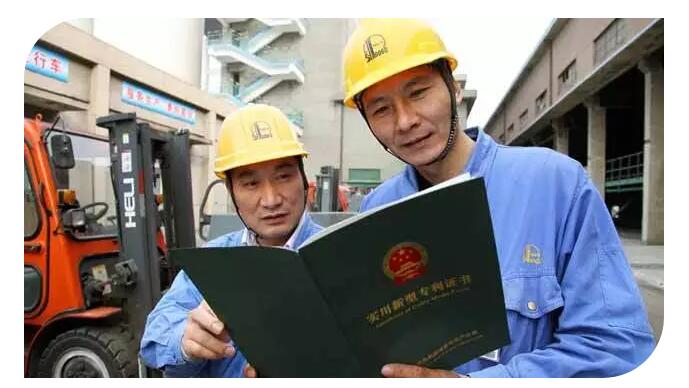


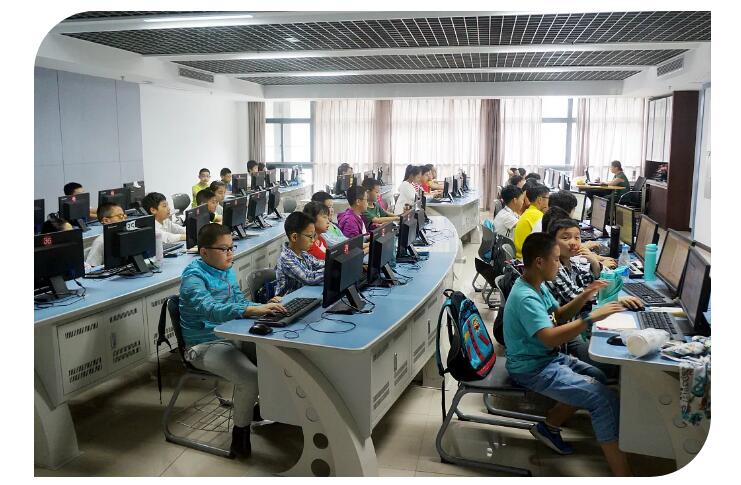

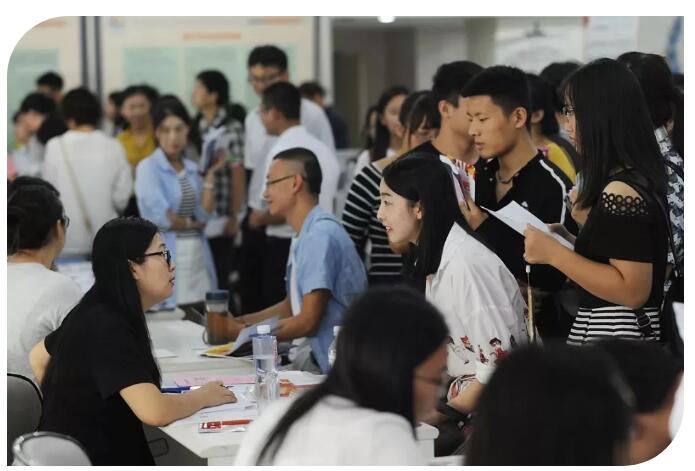




 The feeling experience given by the data is always not enough, so let’s look at the physical comparison diagram of Skyworth VR Pancake module and Fresnel lens module, and the gap of this size is clear at a glance.
The feeling experience given by the data is always not enough, so let’s look at the physical comparison diagram of Skyworth VR Pancake module and Fresnel lens module, and the gap of this size is clear at a glance.
 One of the most important links is the lens film. In particular, the curved film sticking process can enlarge FOV and improve the shortcoming of Pancake’s small field of view, but the process is very difficult.
One of the most important links is the lens film. In particular, the curved film sticking process can enlarge FOV and improve the shortcoming of Pancake’s small field of view, but the process is very difficult.


